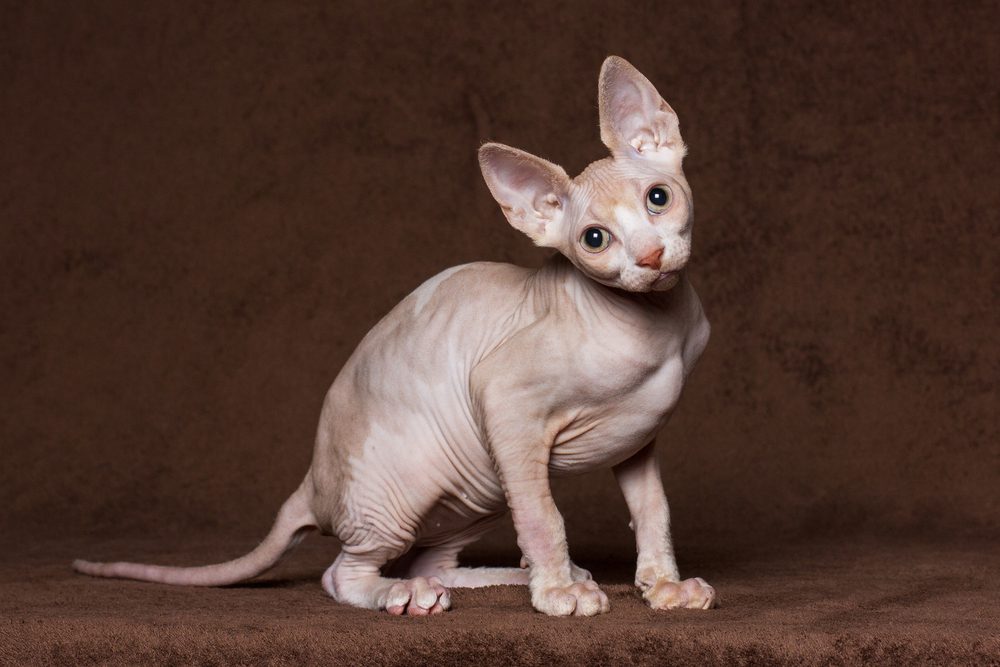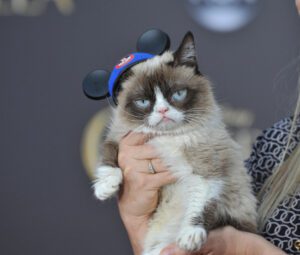
They can develop other health problems as well
Hairless cats are more likely to develop luxating patellas and a neuromuscular spasticity disorder, especially Devon Rexes, and hypertrophic cardiomyopathy, especially Sphynxes. Hairless cats can also develop tooth staining and discoloration.
“This is known as enamel hypoplasia and is correlated with the hairless gene. It is commonly seen on the baby teeth but has been noted on the adult teeth as well,” Brown says. “Dental radiographs as adults are recommended to further assess the tooth and make sure the tooth is otherwise healthy.”














